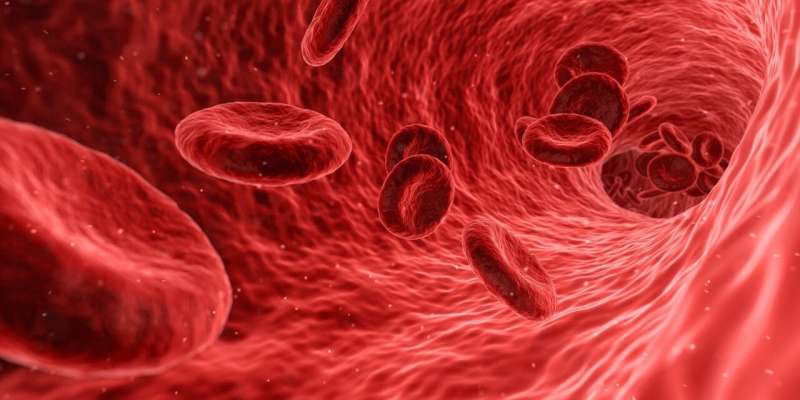
Physicians treating coronavirus infections have a new diagnostic that could help identify patients at risk of organ failure.
Keisuke Goda, University of Tokyo professor of chemistry, led the study of microvascular thrombosis in COVID-19 patients admitted to the University of Tokyo Hospital. Gustavo Rohde, UVA professor of biomedical engineering and electrical and computer engineering, conducted data and image analysis of the patients’ blood samples.
They found an unusual presence of excessive platelet aggregation—an early indicator of microvascular thrombosis—in close to 90% of the patients. Their study, “Massive image-based single-cell profiling reveals high levels of circulating platelet aggregates in patients with COVID-19,” was published in Nature Communications on December 9.
“People knew from autopsy data that multi-organ microvascular thrombosis is a factor in COVID-19 related deaths, but the underlying physiology with regards to platelet aggregates and morphology was an unknown,” Rohde said. “Now we have a new technology that combines fast imaging hardware with data analysis to measure and characterize platelet morphology distribution from COVID-19 patient blood samples.”
Computing image features allowed the team to quantify individual platelets and platelet aggregates. An increase in platelet aggregates was correlated with worsening patient condition; moreover, they found strong links between the concentration of platelet aggregates and the severity, mortality, respiratory condition and vascular endothelial dysfunction level of the patients in the study.
The technology generates data within a matter of hours and could potentially permit medical staff to determine patients at risk for micro thrombosis-related issues.
“If you have to look at one thing as far as platelets are concerned, so far aggregate concentration seems to be the key indicator of a patient’s risk of thrombosis and its complications,” Rohde said.
Goda, Rohde, and their respective teams plan to continue this line of research, expanding computational analysis to other aspects of the images.
“We will need these types of measurements going forward, to monitor disease progression, to study complications from long-haul COVID-19, and to develop and test drugs that can prevent the blood clots from forming in the first place,” Rohde said.
Source: Read Full Article
